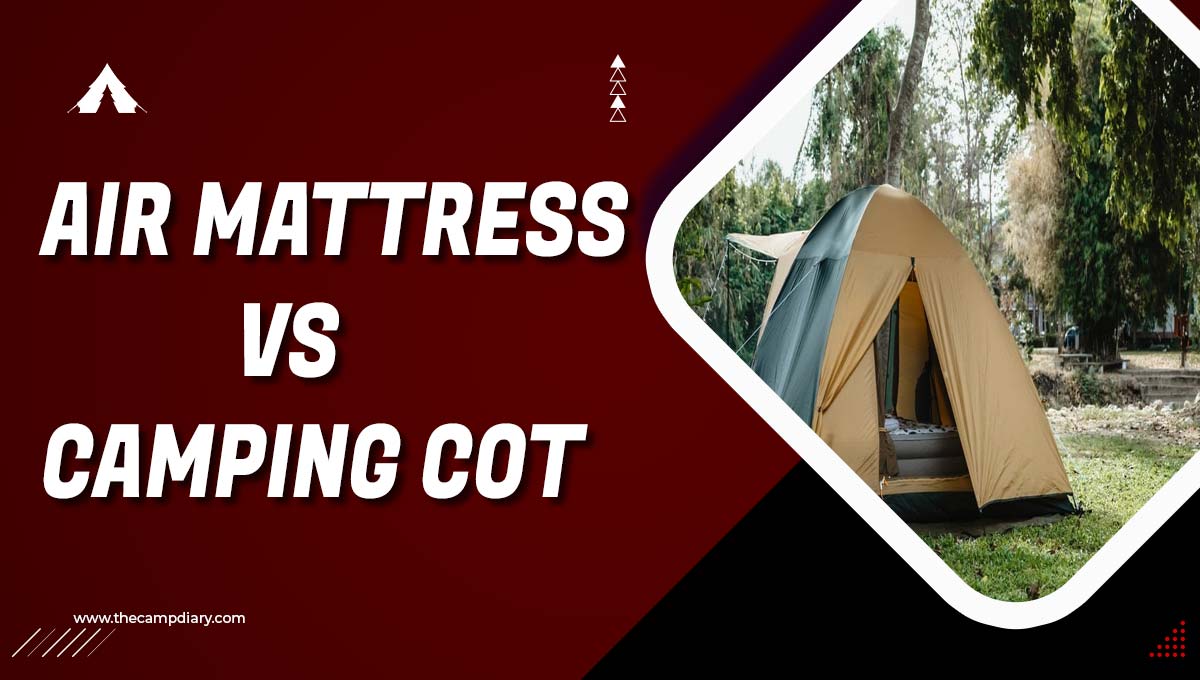Reducing smoke in your fire pit is easy with the right technique. By using the correct kind of wood and building the fire correctly, you can minimize the amount of smoke that comes from your pit.
This will make your fires more enjoyable, and less likely to cause irritation. Keep reading for tips on how to reduce smoke in your fire pit.
Why Does My Fire Pit Smoke So Much?
Smoke happens when there is incomplete combustion in your fire pit. This means that the wood is not burning completely, and some of the smoke is coming from the unburned particles of wood. There are a few reasons this can happen:
1. The wood you’re using is wet. Wet wood doesn’t burn as hot or as cleanly as dry wood, so it produces more smoke. Make sure to only use dry, seasoned wood in your fire pit.
2. The air intake on your fire pit is blocked. If the air can’t flow properly into the fire, it won’t burn as well and will produce more smoke. Check to make sure that your air vents are clear and unobstructed.
3. You’re using too much wood. A big fire will produce more smoke than a small one. Start with a small fire and add wood gradually as needed.
4. You’re not letting the wood burn long enough before adding more. When you first put the wood on the fire, it will produce a lot of smoke as the dampness burns off. In the event that you would like to add more wood to the fire once the initial burst of smoke has subsided, you are welcome to do so.
5. You’re using softwoods which is not recommended by experts. Softwoods like pine and cedar produce more smoke than hardwoods like oak and maple. You may want to try switching from one type of wood to another if you experience smoke problems while smoking.
10 Simple ways to reduce smoke in your fire pit:
- Select the right type of wood: Certain types of wood produce more smoke than others. Softwoods, like pine, tend to create more smoke than hardwoods. If you live in an area with a lot of trees, it may be difficult to find hardwood for your fire. In this case, you can use wood that has been aged or kiln-dried. As a result of this, there will be a reduction in the amount of smoke that is produced as a result of this project.
- Build the fire correctly: The way that you build your fire can have a big impact on how much smoke is produced. When building a fire, make sure to stack the logs in a criss-cross pattern. This will allow for better airflow and prevent the fire from smoldering.
- Use a small amount of accelerant: Chemicals, like accelerants, can cause your fire to produce more smoke. If you must use an accelerant, only use a small amount.
- Use dry wood: Wet wood produces more smoke than dry wood. If you can, try to find wood that has been left out to dry for at least six months. This will help to reduce the amount of smoke that is produced. Don’t use wet or green wood. Wet wood produces a lot of smoke, so it’s best to use dry, seasoned wood. If you can’t find dry wood, you can try kiln-dried wood. In this way, we will be able to reduce the amount of smoke that is produced as a result.
- Avoid using chemicals: Chemicals, like accelerants, can cause your fire to produce more smoke. If you must use an accelerant, only use a small amount.
- Don’t over-fuel the fire: Adding too much wood to the fire can cause it to smolder and produce more smoke. Only add enough wood to keep the fire going.
- Keep the damper open: The damper is a small door that regulates airflow in the fireplace. The damper should be kept open as much as possible to allow air to circulate and prevent the fire from smoldering.
- Don’t let the fire burn too low: When the fire starts to die down, add more wood to keep it going. If the fire burns too low, it will start to smolder and produce more smoke.
- Use a screen: A screen can help to prevent ash and embers from flying out of the fire pit and into the air. There will be a reduction in the amount of smoke that is produced as a result of this.
- Don’t throw trash in the fire: Trash, like paper or cardboard, can cause your fire to produce more smoke. Only add wood to the fire.
- Adding more wood: Keep the fire going by adding more wood as needed. Don’t let the fire burn too low, or it will start to smolder and produce more smoke.
- Prevent ash and embers : Use a screen to prevent ash and embers from flying out of the fire pit. This will help to reduce the amount of smoke that is produced.
- Have patience: It takes time for a fire to reach its full potential. Don’t be tempted to add more wood or stoke the flames too often. This will only cause the fire to produce more smoke.
By following these tips, you can reduce the amount of smoke that is produced by your fire pit. This will make your fires more enjoyable and less likely to cause irritation.
Final words
In conclusion, we’ve outlined a few ways to reduce the amount of smoke your fire pit emits. It is our hope that this information was helpful to you and that you enjoyed your fire pit experience even more as a result. Have you tried any of these methods? Let us know in the comment section below. Thanks for reading!
Frequently Asked Questions
How can I make my fire pit smoke less?
There are a few things you can do to make your fire pit smoke less: use dry, seasoned wood; build the fire correctly; use a small amount of accelerant; and don’t over-fuel the fire.
You can also try using a screen to prevent ash and embers from flying out of the fire pit. Finally, have patience – it takes time for a fire to reach its full potential.
Is it bad to breathe in smoke from a fire pit?
Yes, it is bad to breathe in smoke from a fire pit. Smoke can contain harmful chemicals and particulates that can irritate the lungs. If you are sensitive to smoke, it is best to avoid being near a fire pit. If you must be near a fire pit, try to stay upwind of the smoke.
What is the Best Wood to use for a Fire Pit?
The best wood to use for a fire pit is dry and seasoned wood. If you can’t find dry wood, you can try kiln-dried wood. Avoid using wet or green wood, as this will produce a lot of smoke.
![10 Simple Ways To Reduce Smoke In Your Fire Pit [2023 Guide]](/uploads/how-to-reduce-smoke-in-your-fire-pit.jpg)

![How Do You Wash Sleeping Bags [Step-By-Step Detailed Guide]](/uploads/how-do-you-wash-sleeping-bags.jpg)
![20 Tips to Keep Your Dog Cool While Camping In Summer [2023]](/uploads/how-to-keep-dog-cool-while-camping.jpg)
![How Can I Tell How Hot My Campfire Is? [2023 Guide]](/uploads/how-hot-is-a-camp-fire.jpg)


![How Long Do Ice Packs Last [2023 Guide]](/uploads/how-long-do-ice-packs-last.jpg)